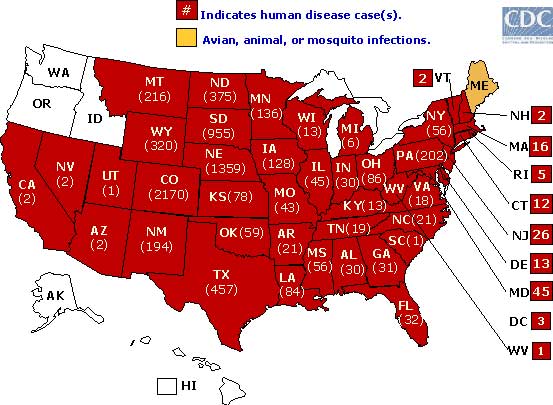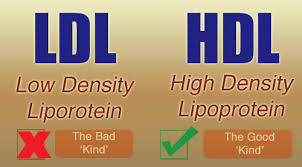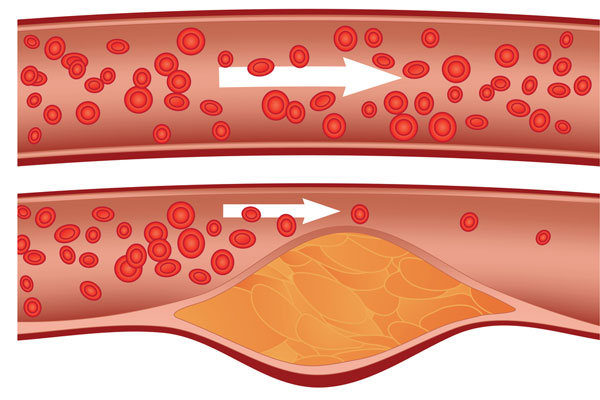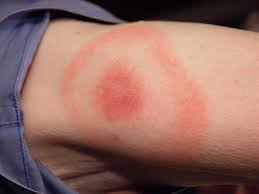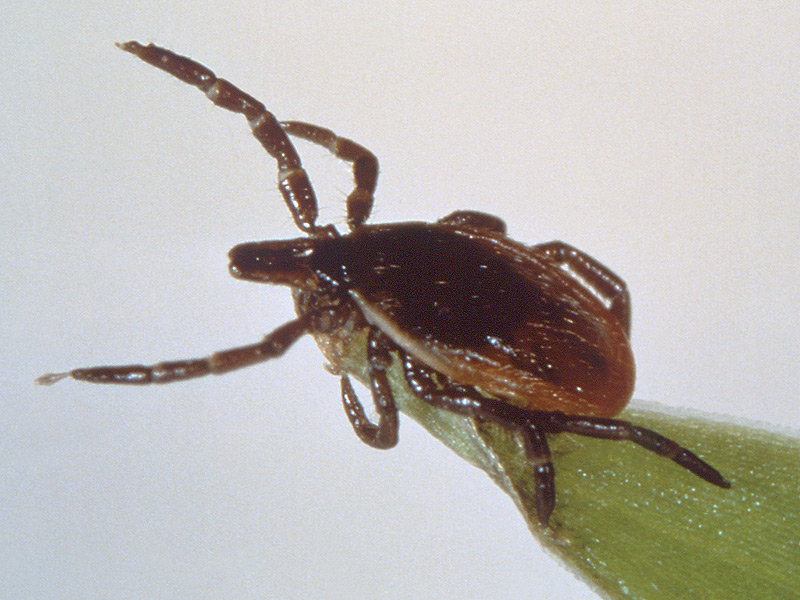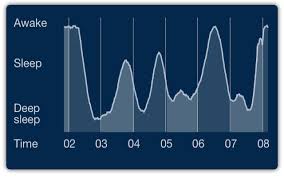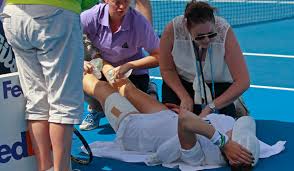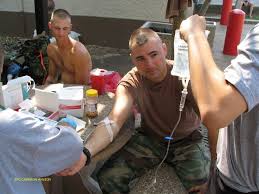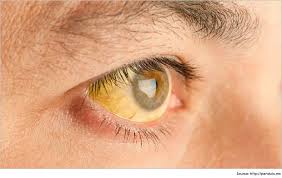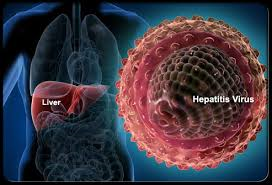 There are 4 major ligaments in the knee. Ligaments are elastic bands of tissue that connect bones to each other and provide stability and strength to the joint. The four main ligaments in the knee connect the femur (thighbone) to the tibia (shin bone), and include the following:
There are 4 major ligaments in the knee. Ligaments are elastic bands of tissue that connect bones to each other and provide stability and strength to the joint. The four main ligaments in the knee connect the femur (thighbone) to the tibia (shin bone), and include the following:
- Anterior cruciate ligament (ACL). The ligament, located in the center of the knee, that controls rotation and forward movement of the tibia (shin bone).
- Posterior cruciate ligament (PCL). The ligament, located in the back of the knee, that controls backward movement of the tibia (shin bone).
- Medial collateral ligament (MCL). The ligament that gives stability to the inner knee.
- Lateral collateral ligament (LCL). The ligament that gives stability to the outer knee.
What are the symptoms of a cruciate ligament injury?
Often, a cruciate ligament injury does not cause pain. Instead, the person may hear a popping sound as the injury occurs, followed by the leg buckling when trying to stand on it, and swelling. However, each individual may experience symptoms differently.
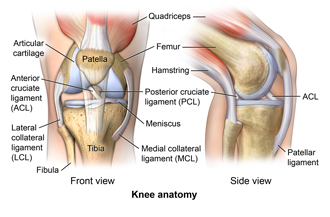 The symptoms of a cruciate ligament injury may resemble other conditions or medical problems. Always consult your doctor for a diagnosis.
The symptoms of a cruciate ligament injury may resemble other conditions or medical problems. Always consult your doctor for a diagnosis.
How are collateral ligaments injured?
The medial collateral ligament is injured more often than the lateral collateral ligament. Stretch and tear injuries to the collateral ligaments are usually caused by a blow to the outer side of the knee, such as when playing hockey or football.
What are the symptoms of a collateral ligament injury?
Similar to cruciate ligament injuries, an injury to the collateral ligament causes the knee to pop and buckle, causing pain and swelling.
The symptoms of a collateral ligament injury may resemble other conditions or medical problems. Always consult your doctor for a diagnosis.
How is a knee ligament injury diagnosed?
In addition to a complete medical history and physical examination, diagnostic procedures for a knee ligament injury may include X-ray, Magnetic resonance imaging (MRI), and Arthroscopy.
Source: Johns Hopkins Medicine




